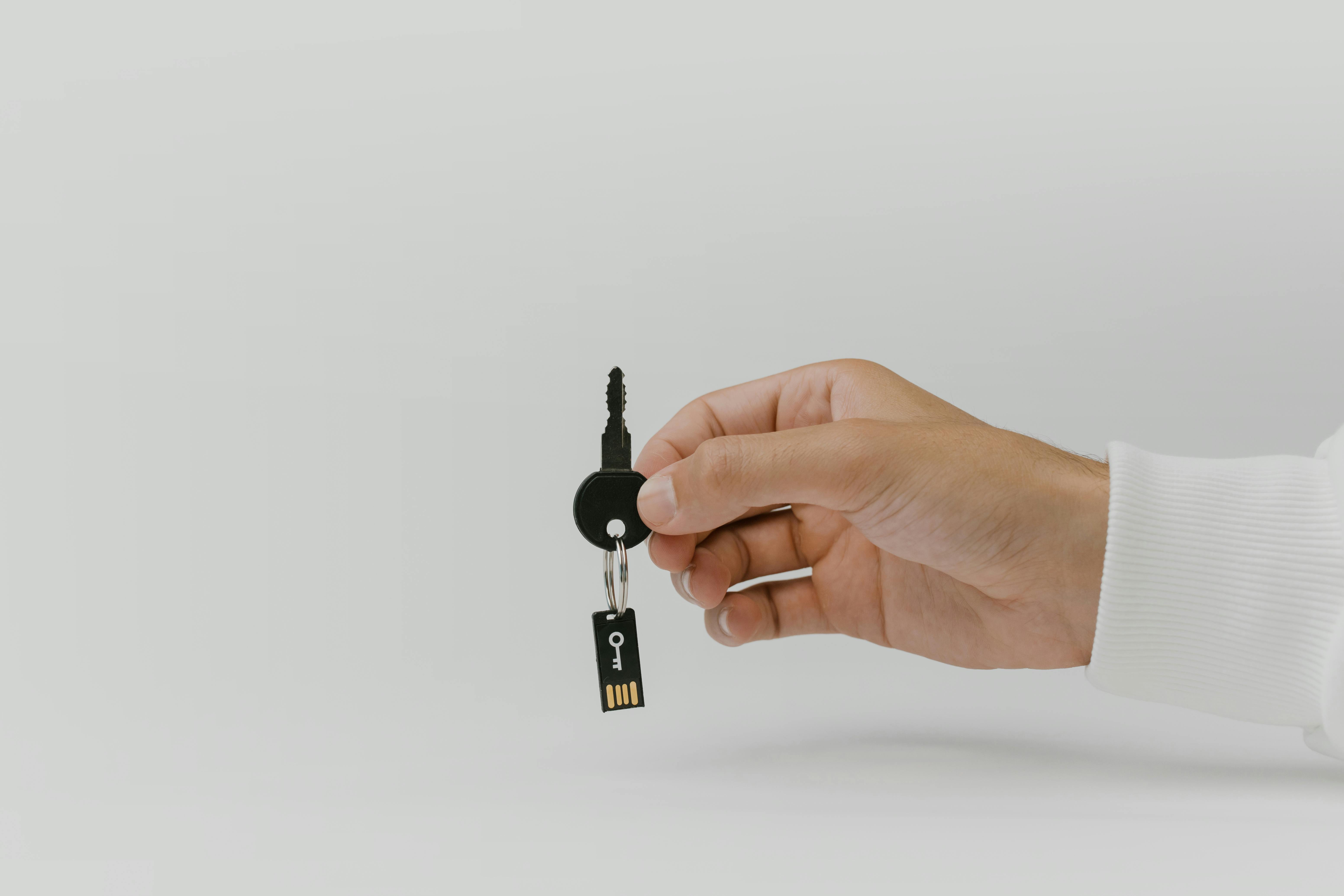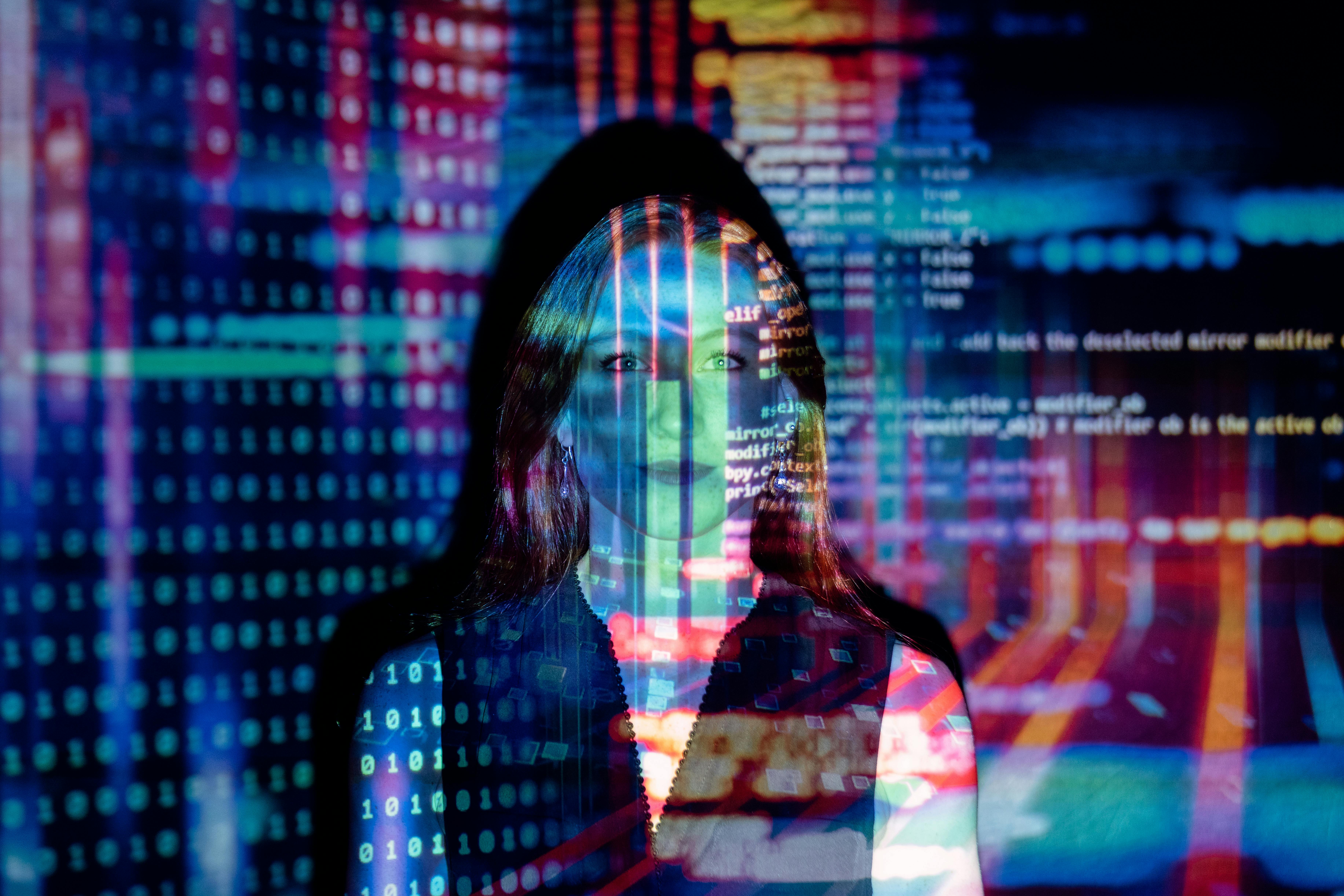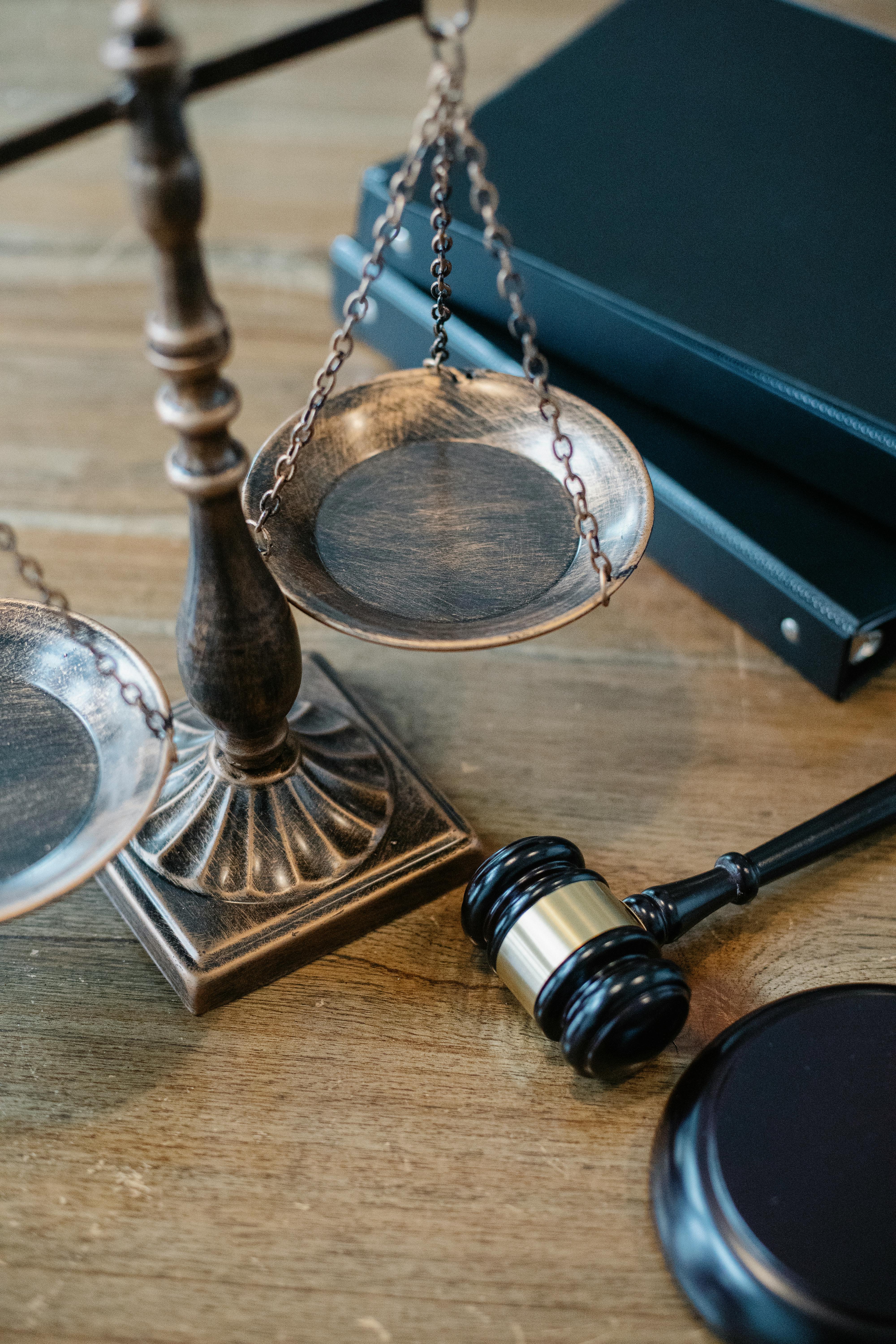Digital Privacy Laws in the USA (2025 Data Protection & AI Surveillance Guide)
In a world where your voice, face, and even typing rhythm can be tracked, privacy is no longer a passive right — it’s an active defense. The United States enters 2025 in the middle of a digital revolution, balancing innovation with the urgent need for data protection and AI accountability.
Over the past decade, Americans have witnessed explosive growth in smart devices, cloud analytics, and artificial intelligence systems that collect data in ways few imagined. From biometric authentication to predictive marketing, your digital footprint has become the most valuable currency of the modern economy. As a result, U.S. privacy law has shifted from reactive to proactive — driven by new federal proposals and state-led reforms.
The State of Digital Privacy in 2025
The American legal framework for digital privacy is a patchwork — a mix of federal laws like the Privacy Act of 1974, the Electronic Communications Privacy Act (ECPA), and state laws like the California Consumer Privacy Act (CCPA) and its successor, the California Privacy Rights Act (CPRA). In 2025, new legislative efforts aim to unify these laws under a single national privacy standard.
Why Privacy Became a National Priority
- 🔹 Massive data breaches impacting millions of Americans in 2023–2024.
- 🔹 AI-driven facial recognition used in public surveillance without consent.
- 🔹 Cross-platform tracking that profiles consumers for political and commercial influence.
- 🔹 Corporate misuse of health and location data under weak consent policies.
According to a 2025 Pew Research Center survey, 83% of Americans feel they have “little or no control” over how their personal data is used online. Lawmakers can no longer ignore that reality.

Federal vs. State Privacy Laws: Who Protects You?
Unlike the European Union’s GDPR, the United States lacks a single national privacy law — which leaves citizens under a patchwork of state regulations. California, Virginia, and Colorado lead the charge, while states like Texas and Florida are rapidly introducing their own privacy statutes in 2025.
Top State-Level Privacy Acts
- 🔸 California Privacy Rights Act (CPRA): Expands user control and introduces the “Do Not Sell My Info” right.
- 🔸 Virginia Consumer Data Protection Act (VCDPA): Gives residents power to correct or delete stored personal data.
- 🔸 Colorado Privacy Act (CPA): Requires businesses to obtain explicit consent before data processing.
- 🔸 Utah Consumer Privacy Act (UCPA): Protects data portability and transparency for digital advertising.
Meanwhile, federal agencies like the FTC and Department of Justice are pushing for a National AI Data Protection Framework — legislation expected to merge cybersecurity, ethics, and privacy into one unified standard by 2026.

AI Surveillance in America: When Convenience Becomes Control
The same AI that powers self-driving cars and smart speakers now monitors entire cities. From traffic cameras equipped with facial recognition to predictive policing systems in major metros, AI surveillance is everywhere — and the legal boundaries remain blurry.
In 2025, an estimated 70 million cameras are connected to AI analytics platforms across the United States. Public agencies argue that this technology prevents crime and improves safety, but privacy advocates see a growing threat to civil liberties and anonymity.
The Gray Area of Consent
Unlike traditional data collection — where users agree through “Terms of Service” — AI surveillance often operates without explicit consent. Walking through a park, entering an airport, or driving past a smart traffic light could automatically feed your image into a biometric database.
- 🔹 Facial Recognition: Used by local law enforcement, airports, and retail stores.
- 🔹 Behavioral Tracking: Algorithms analyze movement, gestures, and even body temperature.
- 🔹 Voice Identification: Smart speakers and call centers use voiceprints for profiling.
- 🔹 Predictive Threat Detection: Systems flag individuals based on “anomalous” behavior patterns.
This raises constitutional questions under the Fourth Amendment — which protects citizens from unreasonable searches and seizures. Courts are increasingly tasked with deciding whether digital surveillance counts as a “search” under U.S. law.

Big Tech and the Battle for Data Accountability
Tech giants like Google, Meta, Amazon, Apple, and Microsoft hold more personal data than most governments. Their platforms record user preferences, GPS movement, emails, and even voice tones. In 2025, public pressure and lawsuits have forced these corporations to adopt stronger transparency measures.
AI Data Collection and Targeted Advertising
The rise of generative AI has introduced new privacy challenges. Systems that create personalized content rely on massive data ingestion — meaning user conversations, photos, and biometric data often fuel AI models. The question is: who owns that data once it’s used for training?
The Federal Trade Commission (FTC) has begun investigating whether major AI developers violate consumer rights by retaining or reselling user data for model improvement. Several companies now offer “AI transparency dashboards” that let users view or delete stored profiles.
- ⭐ Google AI Transparency Initiative: Users can now request deletion of training data tied to their account.
- ⭐ Meta Consent Policy 2.0: Requires explicit permission for facial and emotion data usage.
- ⭐ Amazon Cloud Shield: Encrypts smart home voice data and limits third-party access.
- ⭐ Apple Private Relay: Expands IP anonymization for Safari and iCloud users.

Major Privacy Lawsuits That Shaped 2025
The fight for digital privacy hasn’t been quiet — it’s been fought in courtrooms nationwide. Several landmark lawsuits in 2024 and 2025 have reshaped the debate about AI surveillance and consent.
1. ACLU v. ClearView AI (2024)
Civil rights organizations sued the facial recognition company ClearView AI for scraping billions of online images without user consent. The settlement required the company to delete non-public data and restrict access for law enforcement nationwide.
2. Doe v. Meta Platforms (2025)
A class-action lawsuit alleged that Meta’s VR devices recorded voice and gesture data without disclosure. The case sparked the new Virtual Reality Privacy Act, giving users explicit control over immersive data collection.
3. People v. SoundSense (2025)
A California start-up was fined $50 million for selling anonymized voiceprints later re-identified through machine learning. The ruling marked the first time a U.S. court declared voice data as “personally identifiable information” (PII).

Each of these cases underscores one principle: privacy is not an old right struggling to survive — it’s a new right being rewritten in real time.
The Rise of Biometric Privacy Laws in the U.S.
Your fingerprint, your iris, your face — all have become digital keys. In 2025, biometric data isn’t just used to unlock phones; it’s used in border control, hospitals, and even financial authentication. But as usage expands, so do privacy risks.
What Is Biometric Data?
Biometric data includes physical and behavioral identifiers: fingerprints, retina scans, voice patterns, gait analysis, and even keystroke rhythm. Unlike passwords, biometrics can’t be changed — once compromised, they’re lost forever.
Legal Protections
The United States lacks a federal biometric privacy law, but several states have taken the lead. The Illinois Biometric Information Privacy Act (BIPA) remains the most influential, setting global standards for consent and compensation in data misuse cases.
- 🔹 Consent Requirement: Companies must get written consent before collecting biometrics.
- 🔹 Disclosure: Users must know how long data will be stored and for what purpose.
- 🔹 Right to Sue: Individuals can file lawsuits directly for violations — a rare power in U.S. law.
Following Illinois, states like Texas, Maryland, and Washington have introduced similar legislation. The trend suggests that by 2027, at least half of the U.S. will have some form of biometric privacy statute.

AI Compliance: When Machines Monitor Machines
As artificial intelligence becomes the enforcer of digital law, a new class of technology has emerged: AI compliance systems. These systems don’t just analyze contracts — they police data usage in real time.
How AI Detects Privacy Breaches
- ⭐ Data Mapping: Tracks every point where user data is stored, transferred, or accessed.
- ⭐ Anomaly Detection: AI identifies unusual data flows that might signal unauthorized access.
- ⭐ Risk Prediction: Predicts potential GDPR or CCPA violations before they happen.
- ⭐ Audit Trails: Creates immutable logs for court admissibility in data breach cases.
In 2025, major law firms and cybersecurity companies have adopted AI Legal Auditors — automated agents that review compliance across cloud infrastructure. These tools integrate with platforms like AWS, Azure, and Google Cloud to ensure lawful data practices.

This shift reflects a new philosophy in law: “Proactive privacy” — the idea that compliance shouldn’t wait for a breach; it should prevent one before it occurs.
Balancing National Security and Digital Privacy
Few legal debates are more divisive than privacy versus security. After a decade of cyberattacks, espionage incidents, and misinformation campaigns, federal agencies argue that broad surveillance powers are essential to protect Americans. Civil libertarians, however, see this as the path to digital authoritarianism.
Current Legal Framework
- 🔸 Patriot Act & FISA: Provide intelligence agencies authority for digital data collection.
- 🔸 Cybersecurity Information Sharing Act (CISA): Encourages private firms to share threat data with the government.
- 🔸 Homeland AI Threat Analysis Program (2025): Uses machine learning to identify foreign disinformation patterns.
The tension between individual freedom and collective safety continues to define digital privacy in America. In hearings before Congress, experts have argued that “national security without privacy is surveillance; privacy without security is vulnerability.”

The next frontier for privacy law will be defining where national defense ends and personal liberty begins — a challenge no algorithm can answer alone.
Landmark U.S. Cases That Redefined Digital Privacy
The evolution of privacy law in America has never been linear — it has been driven by conflict, technology, and public outrage. Several landmark cases shaped the modern understanding of digital rights and data ownership.
1. Katz v. United States (1967)
The Supreme Court ruled that the Fourth Amendment protects people, not just physical places. This decision established the “reasonable expectation of privacy” doctrine — a foundation for every digital privacy argument since.
2. Carpenter v. United States (2018)
The Court decided that law enforcement must obtain a warrant to access historical cell phone location data. It was one of the first rulings to acknowledge that digital surveillance is surveillance.
3. United States v. Google AI Division (2025)
The most consequential privacy case of the decade: the Department of Justice sued Google’s AI division for retaining anonymized user voice data after deletion requests. The court ruled that “derived data” — AI-generated inferences — counts as personal data if it can be linked to an identifiable person.

Together, these cases have redefined what privacy means in the age of artificial intelligence. The legal system now recognizes that data is not just property — it’s a reflection of identity, autonomy, and freedom.
The Future of AI and Digital Privacy (2026–2030 Outlook)
The coming decade will test whether the United States can balance innovation with ethical restraint. By 2030, AI will be embedded in every layer of daily life — health, finance, travel, communication — making privacy not a choice but a prerequisite for human dignity.
Key Predictions for 2030
- 🔹 AI Data Rights Bills: Congress is expected to pass a federal “AI Data Ownership Act” giving citizens control over algorithmic inferences.
- 🔹 AI Accountability Courts: Specialized federal courts will handle AI-related privacy and ethics disputes.
- 🔹 Global Data Alliances: The U.S. and EU will likely align under a unified transatlantic privacy treaty.
- 🔹 Ethical AI Certification: New compliance programs will certify algorithms as “privacy-safe.”
- 🔹 Human Digital Twins: Legal identity may soon include one’s digital presence — avatars, chatbots, and AI-created likenesses.
As the law adapts, the challenge will shift from protecting data to protecting the digital self — the sum of every action, preference, and biometric signal that defines an individual in cyberspace.

Conclusion: From Privacy to Digital Sovereignty
The digital privacy debate isn’t just about protecting information — it’s about protecting people. Every law, lawsuit, and line of code written today defines how much control individuals will retain over their digital existence tomorrow.
In 2025, America stands at a crossroads: one path leads to a society of transparency, accountability, and ethical AI; the other, to a future where personal data fuels invisible surveillance empires. The choice belongs not only to lawmakers — but to every citizen who values freedom.
As technology evolves, so must our definition of privacy. The question is no longer whether privacy can survive the age of AI — but whether humanity can survive without it.

Call to Action
If you value your digital freedom, read your platform’s privacy policy, adjust permissions, and support legislation that protects AI transparency. True privacy begins not with secrecy — but with informed consent.
